
Recipe
Alkaline Ramen Noodles
The kansui process, a method of using alkaline solution for the dough, gives these noodles a beautiful yellow sheen and a bite to it unlike fresh pasta. They are chewy, springy, and the perfect slurp consistency.
Written by Doobydobap
Alkaline Ramen Noodles
When I made my ramen from scratch, I was very surprised to find that I was the most impressed with the noodles. Unpopular opinion, but I’m actually not a big fan of fresh pasta. I find that most people overcook it to a mushy-blobby state that just tastes like glue. However, these? I honestly thought they were going to be gimmicky. But no. The kansui process, a method of using alkaline solution for the dough, gave the noodles a beautiful yellow sheen and a bite to it unlike fresh pasta. They are chewy, springy, and the perfect consistency to slurp.
In an ideal world, I would buy fresh noodles from a manufacturer like Sun Noodle, or a small noodle shop owned by a Japanese couple. But reality presents me with.. Top Ramen..
I made two types of noodles- one lower hydration at 35%, usually better for soaking up broth, and one higher hydration at 40%, that’s chewier. I prefer noodles that have a little chew and can bounce back, so opted to use the high hydration noodle. These noodles will also be easier to work with because they don’t get soggy as quickly.
This ramen noodle recipe is adapted from @wayoframen. He has an amazing podcast series on ramen, and walks you through the process with so much detail. Go check him out!
Ingredients
- 500g bread flour (any type with high protein will work well)
- 200g filtered water
- 5g Sodium Carbonate
- Baking soda
- Foil lined baking tray
- 5g salt
Instructions
- Wait you don’t have sodium carbonate? You savage! Kidding. If you want to just buy sodium carbonate or potassium carbonate, they’re available on amazon. You can skip to step 8 this process if you choose to buy it. But for the 99% people that don’t…
- Heat the oven to 120C / 250F.
- Line a small baking tray with tin foil.
- Pour 100g of baking soda. (You can use less too, but having this around will actually be pretty useful. Plus, it keeps well in an airtight container)
- Bake for 1hr.
- The baking soda should have turned into sodium carbonate and become a third of its original weight.
- Store in an airtight container.
- Combine all the dry ingredients together.
- Slowly pour in the water, little by little to make sure that the dough is well-hydrated.
- Mix with chopsticks in circular motion. The consistency should resemble wet sand.
- Knead it slightly to get the dough together
- Transfer into a ziplock bag. Make sure to get all the air out.
- Rest for 30 minutes.
- After 30 minutes, step on the dough. Stepping is recommended since the dough is too stiff to knead by hand.
- After stepping for 10minutes, the dough should have little to no dry spots.
- Take the dough out and cut it in half. Put the other half back into the ziplock bag.
- Slightly roll out the dough with a rolling pin. It should not stick at this point.
- Run it at the lowest setting on the pasta machine and laminate the dough by folding it on top of each other and running it through again.
- Flatten the dough using the highest dial.
- Once the dough has been completely flattened, cut using a spaghetti-thickness setting.
- Dust with potato starch and put in an airtight container. The flavor develops better after a day of rest.
- When you’re ready to use the noodles, cook in a large pot with boiling water for 90 seconds. Make sure to loosen the noodles when boiling to ensure that they do not clump to each other.
- Rinse under cold water.
- Drain thoroughly before dropping gently into a bed of warm hearty broth.
PRO TIP:
Stepping on the noodles is essential! The dough will be too crumbly and dry to knead with your hands. Using your body weight will make it a lot easier to create a cohesive dough.
These are amazing when cold shocked.
Featured in these recipes:
Tonkotsu Ramen
Recent recipes
Hi, I’m Tina aka Doobydobap!
Food is my medium to tell stories and connect with people who share the same passion. My recipes are a culmination of my experiences. I hope you enjoy recreating them at home, and if you do, make sure to tag me on Instagram!
Recent recipes
Hey Doobies, thanks for visiting! Join my mailing list for more delicious recipes and stories.











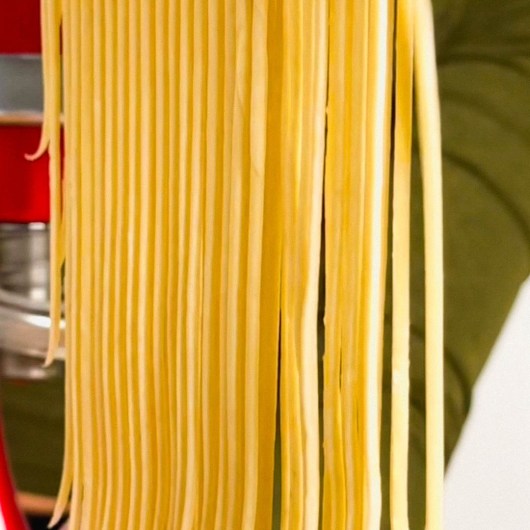
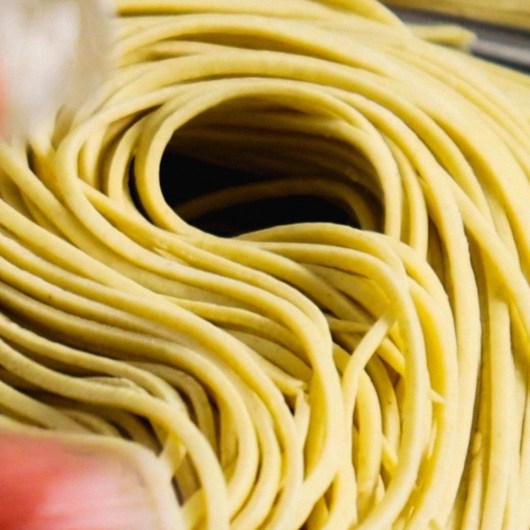

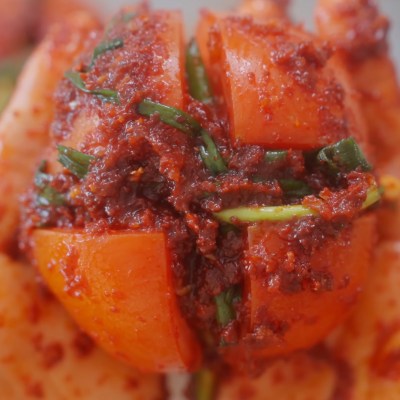
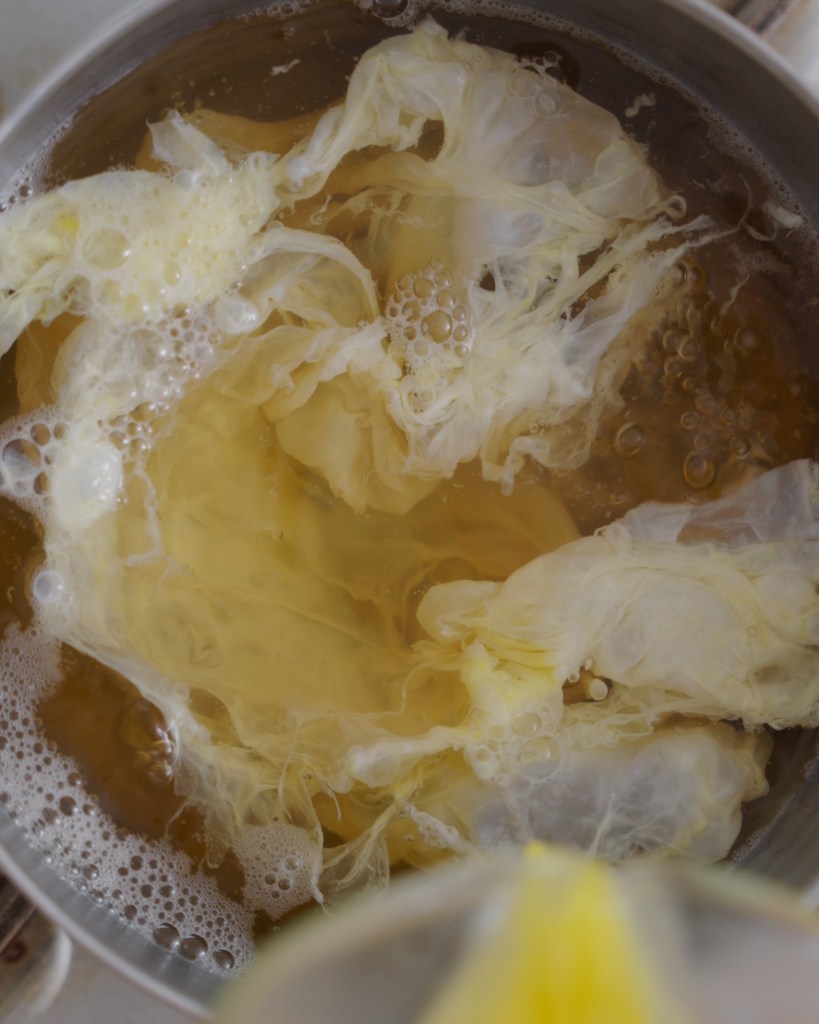

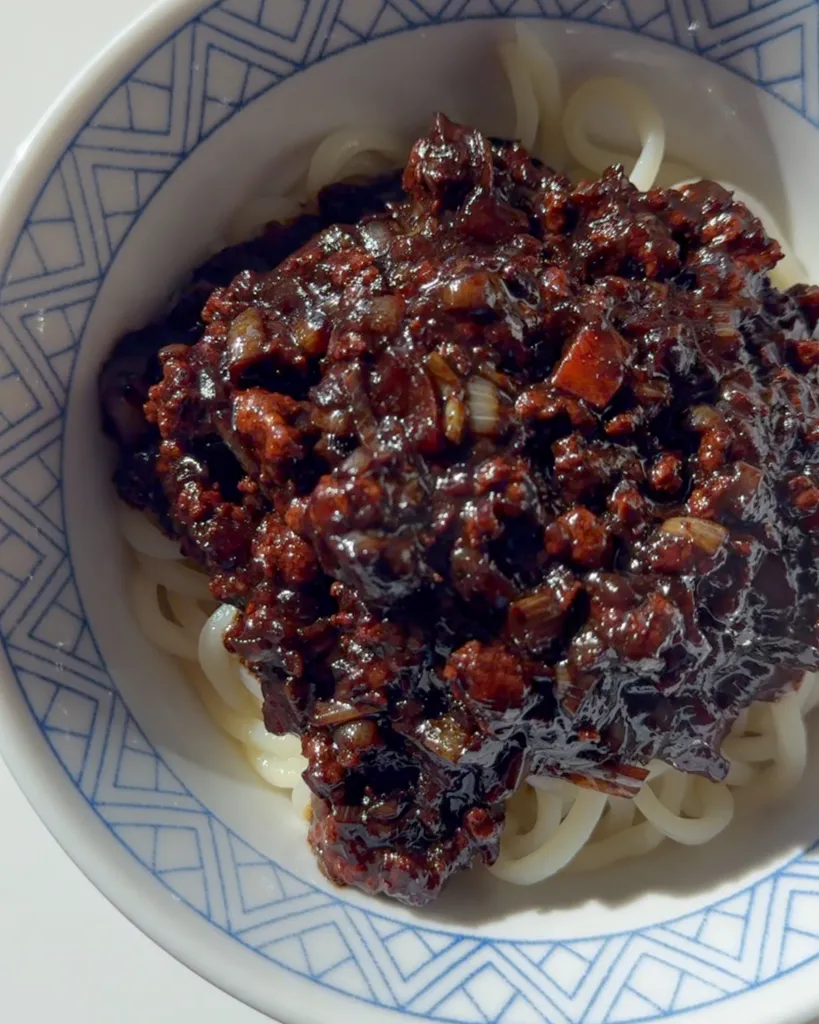
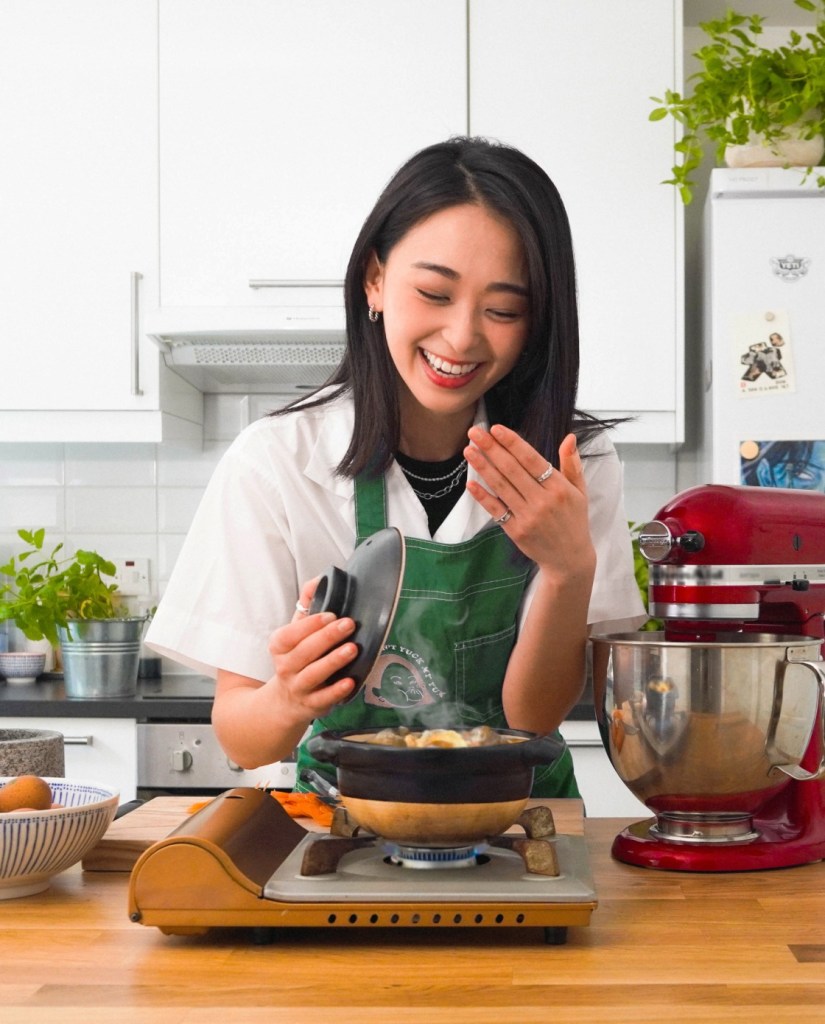

Comments